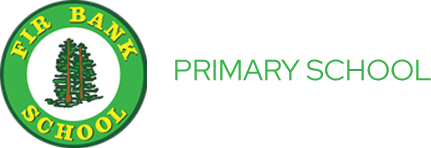Design & Technology
Intent
At Fir Bank Primary School, it is our intention that design and technology should provide children with a real life, inspiring context for learning. Design and Technology encourages children to think and intervene creatively to solve problems both as individuals and as members of a team. We encourage children to use their creativity and imagination to design and make products that solve real and relevant problems with a variety of contexts, considering their own and others needs. Through D&T children should be inspired by engineers, chefs and architects to enable them to create a range of structures, mechanisms, textiles, electrical systems and food products with a real life purpose. Children are given the opportunity to reflect upon and evaluate past and present design technology, its uses and its effectiveness and are encouraged to become innovators and risk-taskers.
Implementation
All teaching of DT should follow the design, make and evaluate cycle. Each stage should be rooted in technical knowledge. The design process should be rooted in real life, relevant contexts to give meaning to learning. While making, children should be given choice and a range of tools to chose freely from. Children should be able to evaluate their own products against a design criteria. Each stage should be given equal weight. There should be evidence in each of the three stages in DT folders, which should also develop to show clear progression across the key stages as they are passed up through each year group.
Consideration is given to how greater depth will be taught, learnt and demonstrated within each lesson, as well as how learners will be supported in line with the school’s commitment to inclusion.
Impact
Evidence of a broad and balances DT curriculum which demonstrates children’s acquisition of identified through sticky knowledge and skills.
Children are able to review their successes in achieving the lesson objectives and are actively encouraged to identify their own areas of development.
As children progress throughout school, they develop a deep knowledge, understanding and appreciation of their local area and its place within the wider geographical context.
We measure the impact of our curriculum through the following methods;
Learning walks and professional dialogue with teachers.
- Accessing children’s understanding of vocabulary before and after the ‘knowledge and skills’ have been taught.
- Images and videos of the children’s practical learning (books/ class floor book/displays)
- Interviewing children about their learning (pupil voice).
- Moderation staff meetings where pupil’s books/ class floor books are scrutinised and there is an opportunity for dialogue between teachers and to discuss the learning and teaching in their class.

OUR SOCIAL WALL